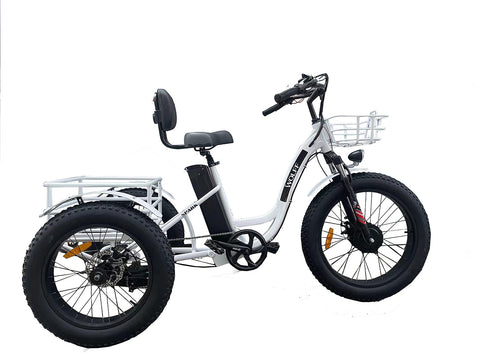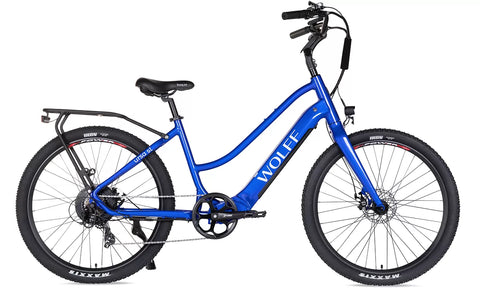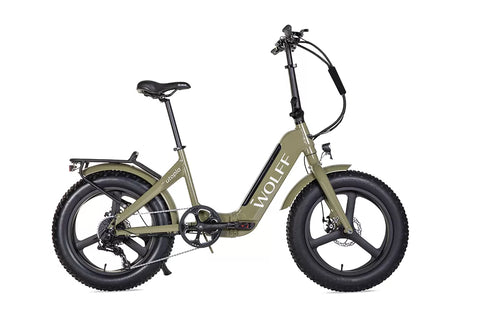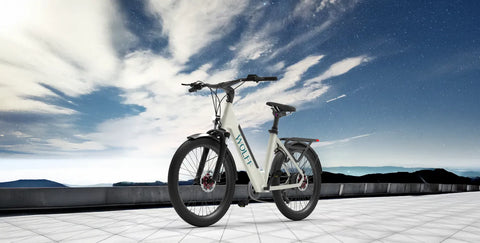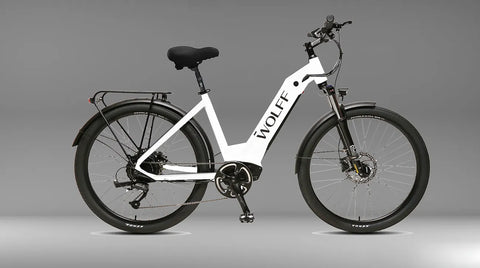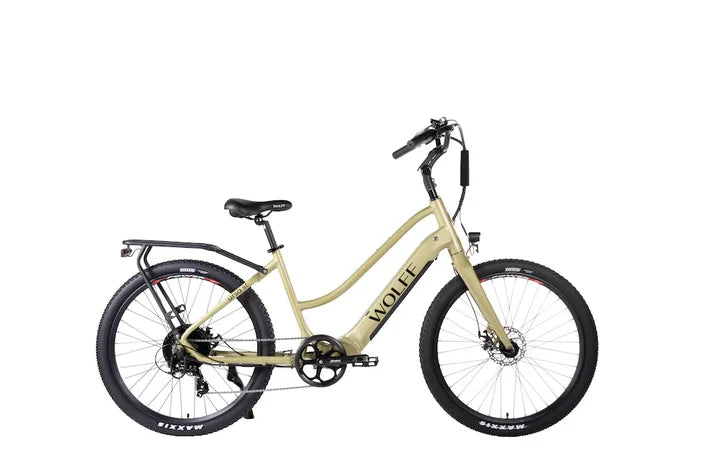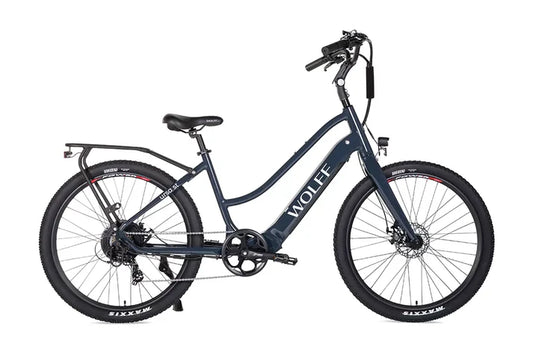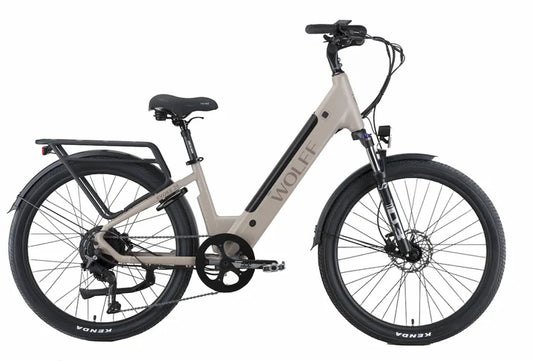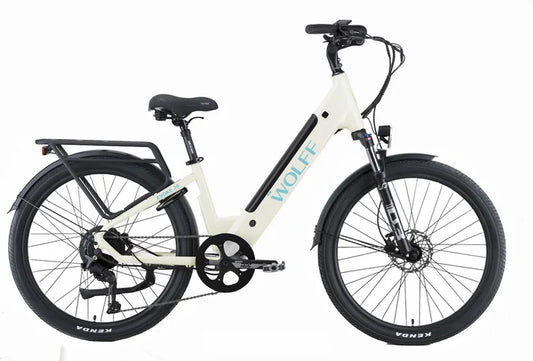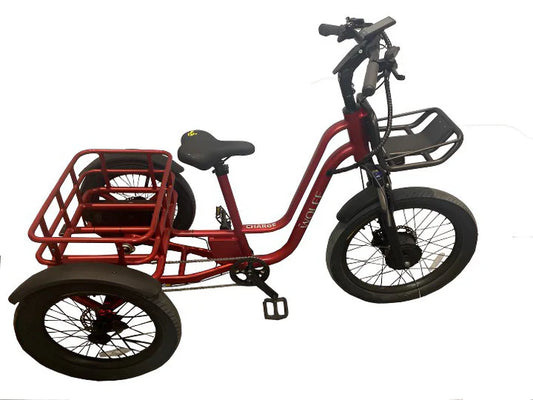Second-Hand vs. New: Which Is Better in the Long Run?
When it comes to making purchases, whether it's clothing, electronics, furniture, or any other item, the age-old debate of second-hand vs. new always arises. Both options have their pros and cons, and deciding which is better in the long run can be a daunting task. To help you make an informed decision, let's take a closer look at the advantages and disadvantages of both second-hand and new items.
Second-Hand Items
Buying second-hand items can be a great way to save money and reduce waste. Here are some key points to consider:
- Cost-effective: Second-hand items are typically much cheaper than their new counterparts. This can save you a significant amount of money, especially on bigger purchases like furniture or designer clothing.
- Unique finds: Shopping second-hand can lead to unique discoveries that you wouldn't find in a regular retail store. Whether it's a vintage piece of furniture or a rare collectible, second-hand shopping can be a treasure hunt.
- Environmental impact: By purchasing second-hand items, you are helping to reduce the demand for new products and decreasing the amount of waste that ends up in landfills. This can have a positive impact on the environment.
- Quality: Contrary to popular belief, second-hand items can be of excellent quality. Some items may have hardly been used or may have been well-maintained by the previous owner, making them a great deal.
New Items
On the other hand, buying new items also has its own set of advantages and disadvantages:
- Warranty: One of the biggest advantages of buying new items is that they often come with a warranty. This can provide you with peace of mind knowing that you are covered in case anything goes wrong with the product.
- Latest technology: When you buy new items, you are getting the latest technology and features that may not be available in older models. This is particularly beneficial when it comes to electronics and appliances.
- Personalization: Buying new items allows you to choose exactly what you want, whether it's the color of a shirt or the specifications of a laptop. This level of personalization is often not possible when buying second-hand.
- Longevity: New items are likely to last longer than second-hand items, especially if they are well taken care of. This can result in long-term savings, as you may not need to replace the item as frequently.
Ultimately, the decision between second-hand and new items comes down to your personal preferences, budget, and the specific item you are looking to purchase. Consider factors such as cost, quality, warranty, and environmental impact to make the right choice for you. Whether you choose second-hand or new, remember to weigh the pros and cons carefully to ensure you are making the best decision in the long run.

